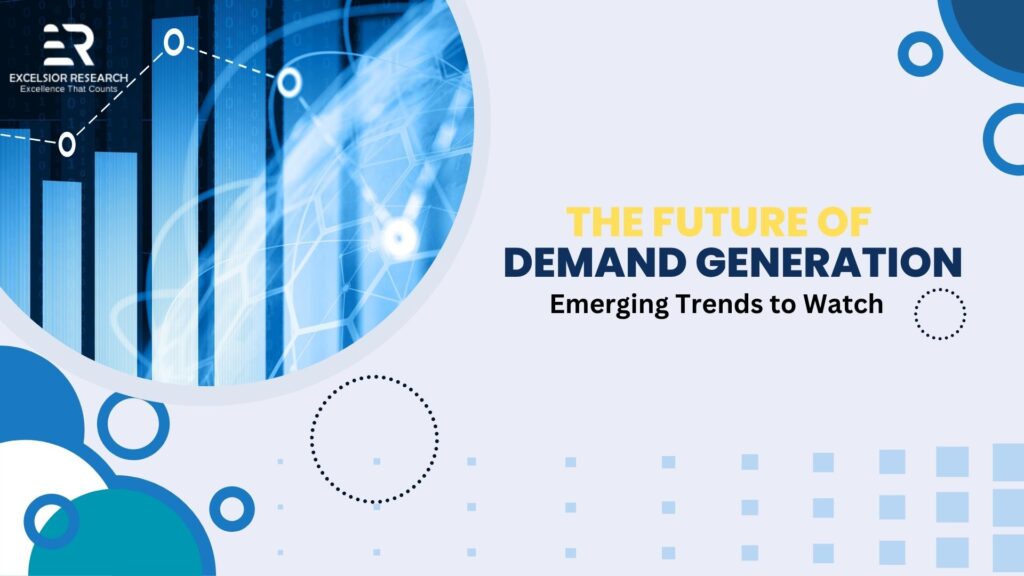
Risks and myths of Artificial Intelligence

Risks and myths of Artificial Intelligence
“I visualize a time when we will be robots, what dogs are to humans and I’m rooting for the machines.” - Claude Shannon
Artificial intelligence is known by all, yet unknown in its deeper sense. Very few can claim to tell what exactly is artificial intelligence and how will it look like in the coming future. Undoubtedly, the progress in artificial intelligence is evident and fast-paced, from SIRI to self-driving cars, it is growing tremendously. If we try to understand AI keenly, it is far beyond how the science fiction movies portray it, a robot with almost human-like characteristics. We need to step out of the fantasy world created by such movies, although worth appreciating, to believe in what the real AI is.
The AI in the current scenario is based on a narrow system known as weak/narrow AI as it is designed for performing a narrow task or a single task. For example, only internet searches through voice assistants, use of chatbots or only face recognition in a smartphone. This way, the task of AI is simplified in its current working but it will soon transform and show us its real potential. The long term approach of researchers all over the globe is to create general AI or simply called AGI which will be AI on a far more intense level. The narrow AI is here to outperform humans at a certain task that it has mastery in performing while the general AI will have the ability to outperform humans at every cognitive level.
Threats from AI: A serious concern or not?
AI mechanism is about machines, not legit humans. It can gain the human-like characteristics but not real emotions of love and hate, only depending on these can a machine be a threat, otherwise not in a direct sense. Even though, two scenarios are likely to find it a cause of threat, they are:
AI programmed for a devastating task:
there are specific systems in AI that are programmed to kill known as autonomous weapons. When a wrong person operates these weapons with a false intention, then it may result in mass casualties. In certain cases like an AI arms race, it can result in a drastic AI which will again cause mass casualties. The situation might get unpredictable and out of human control. The design of such weapons would be complex and such that humans do not easily get how to control them. The more intelligent the AI will get, the more likely it is to provide harm.
AI develops a destructive way for fulfilling its aim:
AI’s goals must fully align with ours for it to work in the desired manner. Now, even if AI is programmed to reach the final destination but it lacks the alignment of the right path for the destination, then it can cause great havoc. For instance, if you tell a self-driven car to rush you to the hospital by the shortest route ever, then it may break a wall or two or get in the way of other people to help you reach your destination. This isn’t what you wanted or how you wanted it to be. Right? Therefore, AI poses such threats to mankind by being super intelligent yet lacking common sense, the essence of the human brain.
Myths | Facts |
AI is turning evil and conscious. | AI is turning competent with misaligned goals. |
Robots are the main concern. | Misaligned intelligence is the main concern. |
AI has no control over humans. | Intelligence is what enables control. |
Machines do not live by goals. | A heat-seeking missile runs on goals. |
Superintelligence is only years away. | Superintelligence is decades away. Plan ahead. |
Before we work on artificial intelligence, why don’t we do something about natural stupidity? – Steve Polyak
Don't forget to share this post
Our Recommendation





